“Our space always had lovely karama,” says Lynn Gumpert. “But it was a little small.” Since 1997, Gumpert has been director of the Grey Art Gallery, the distinguished—if admittedly petite—exhibition venue operated by New York University out of a corner storefront on Washington Square in Manhattan’s West Village. As of this month, however, Gumpert’s institution has moved up and out: no longer merely a “gallery,” the redubbed Grey Art Museum pulled back the curtain last week on its new digs, a 5,350-square-foot exhibition space on the Bowery with ample onsite storage for the museum’s growing collection. “We’re thrilled,” says Gumpert. “It’s a transformative move.”
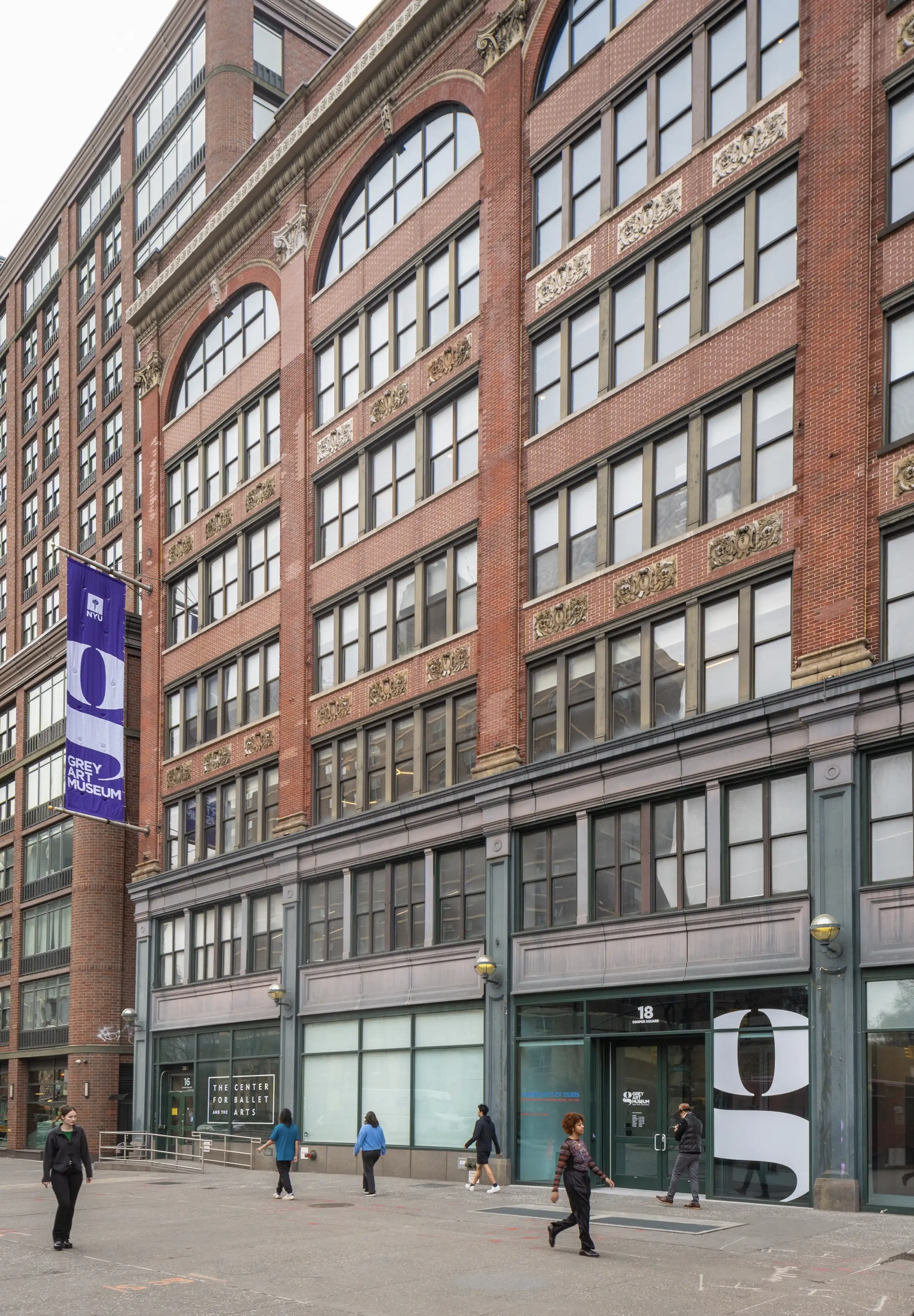
Grey Art Museum, New York University, at 18 Cooper Square, in Manhattan's NoHo district. Photo by David Heald
Just steps from Cooper Union, the building that now houses the museum is owned by NYU, which has given it over mostly to academic offices, art studios, and the occasional commercial tenant; the ground floor, which the Grey now occupies, was the longtime home of a dealer in Modernist furniture. “There were windows all around,” says Richard Olcott, senior partner at Ennead Architects. “They had terrific views of the alley.” Naturally, blocking off that uninspiring prospect was among the first items on Ennead’s list, as the project’s designers transformed the interior into a suitable environment for looking and learning.
“The ‘T’ in the middle is the only permanent portion,” says Olcott’s fellow Ennead partner, Molly McGowan. Together, the two created a gallery space with only one fixed segment of wall at its center, allowing the rest to be reconfigured at will; such flexibility was a must given the Grey’s unusually broad program, which ranges from 1960s Iranian art (a specialty of its late founder, collector Abby Weed Grey) to 1950s Abstract Expressionism (the primary focus of the inaugural show) to 1980s downtown artists like Jean-Michel Basquiat. Most strikingly, the architects exposed the unusually dense and symmetrical mechanical elements in the ceiling, simultaneously increasing the height of the interior by well over a foot and affording a view of the surprisingly picturesque ductwork. “We had to remove a lot of stuff, especially water lines,” says McGowan. “You can’t have water in an art space.”
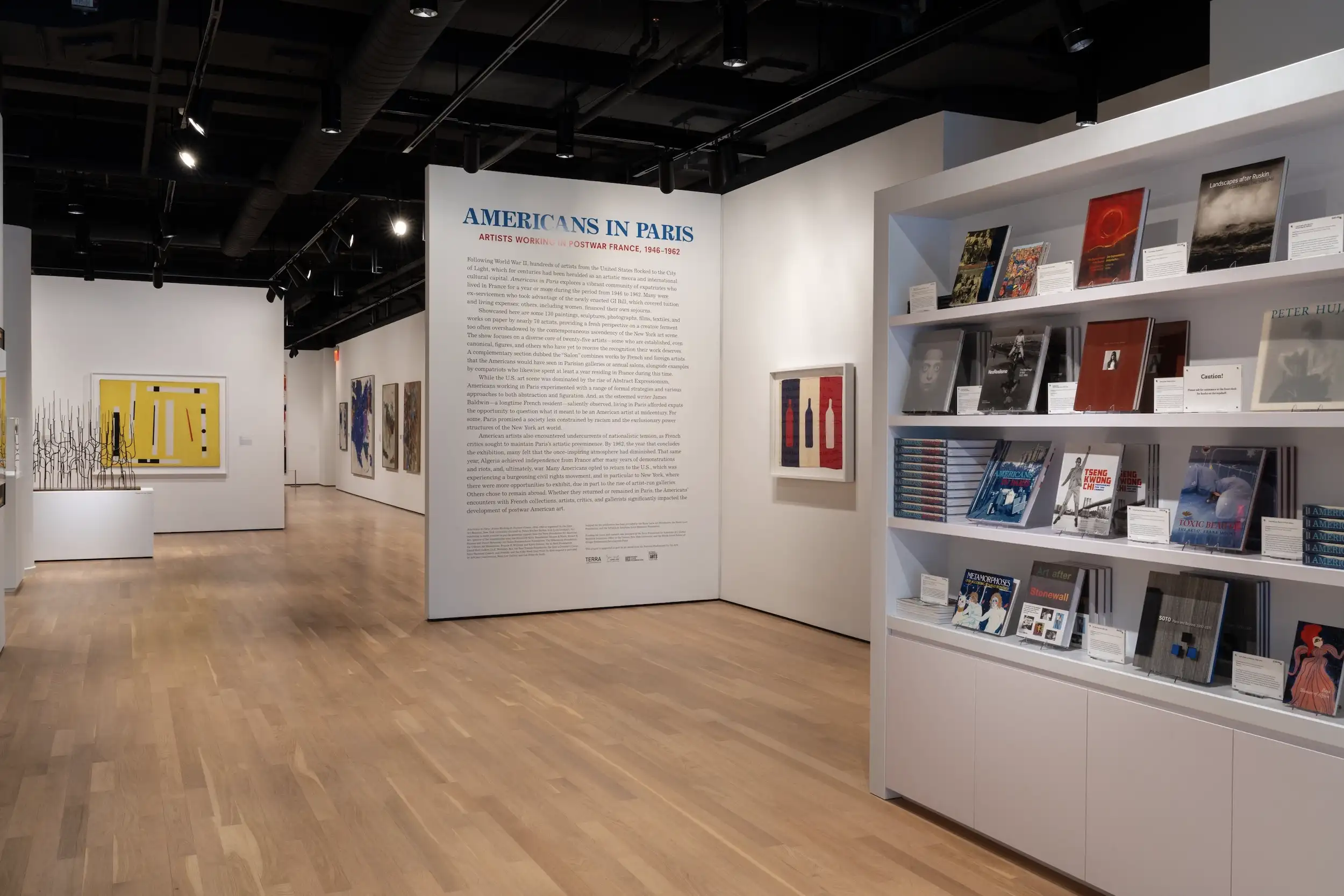
3
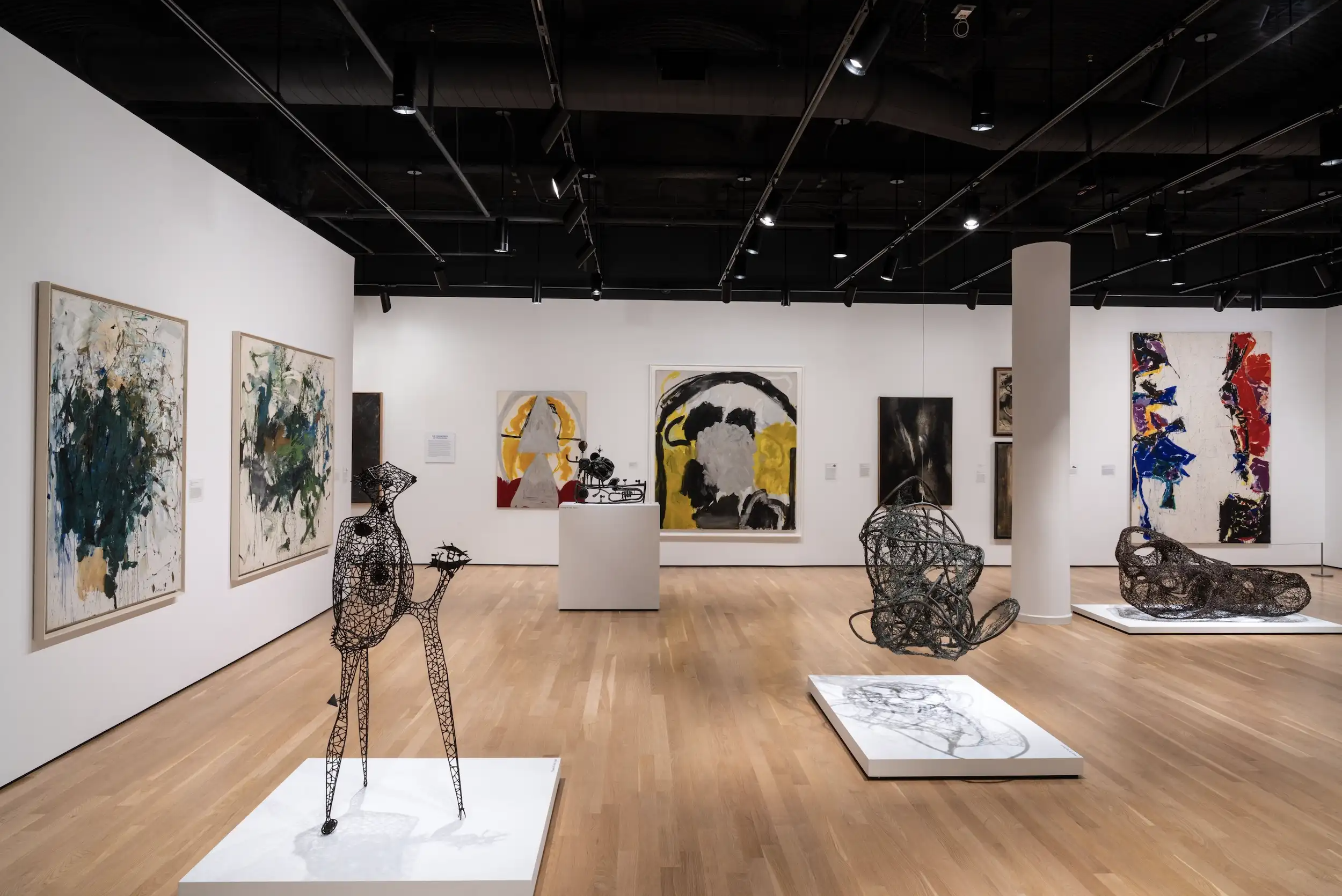
4
Installation view of Americans in Paris: Artists Working in Postwar France, 1946–1962 at the Grey Art Museum, New York University, designed by Ennead Architects. Photos by David Heald
Complemented by secure storage both at grade and in the basement, as well as a conference room off the main lobby, the Grey Art Museum née Gallery is some 40 percent larger than its predecessor, and it announces itself with proportionally greater fanfare, boasting a large fully glazed entryway on Cooper Square. “It’s about being part of the community,” says McGowan.” “That’s what a university museum is for.”
The Grey Art Museum’s inaugural exhibition, Americans in Paris: Artists Working in Postwar France, 1946–1962, is on view through July 20.



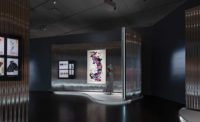
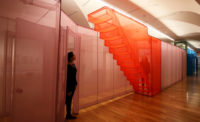
Post a comment to this article
Report Abusive Comment